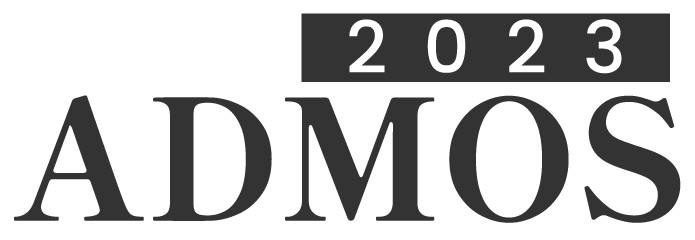

Fast Simulation of Wheel-Rail Contact Using Proper Generalized Decomposition
Please login to view abstract download link
Degradation of the railhead in curved tracks caused by high lateral contact forces between wheel and rail is associated with high maintenance costs, which motivates the need for predictive methodologies. The damage mechanisms include plastic deformation, wear, and surface (or subsurface) initiated cracks due to rolling contact fatigue (RCF). Numerical computations of the long-term evolution and degradation of the rail head are computationally demanding due to a large number of load cycles, large variation in vehicle loads and wheel rim geometries. An existing framework [1] considers feed-back loops between dynamic vehicle-track interaction, elastic-plastic wheel-rail contact, and accumulated rail damage due to plasticity and surface wear to update the rail profile. In this work however, the contact simulation and the subsequent analysis of the evolution of plastic deformation is restricted to a meta-modeling strategy in 2D in order to reduce the computational cost. To increase computational efficiency, we adopt the Proper Generalized Decomposition (PGD) to solve a reduced order problem for each load cycle. In order to model the 3D contact situation, the rail cross section is modeled in 2D, while the coordinate along the rail constitutes a parameter in the PGD approximation. Furthermore, the varying contact load, predicted from dynamic train-track simulations, is parametrized in terms of spatial distribution. In addition to formulating the problem, we discuss and evaluate the accuracy and efficiency of the proposed strategy through a set of verification examples for elastic contact under varying traffic loads. Finally, we also discuss the outlook towards elastic-plastic simulations. REFERENCES [1] C. Ansin, B. A. Pålsson, M. Ekh, F. Larsson and R. Larsson, "Simulation and field measurements of the long-term rail surface damage due to plasticity, wear and surface rolling contact fatigue cracks in a curve," in 12th International Conference on Contact Mechanics and Wear of Rail/Wheel Systems (CM2022), Melbourne (Australia), September 2022, 11 pp.

